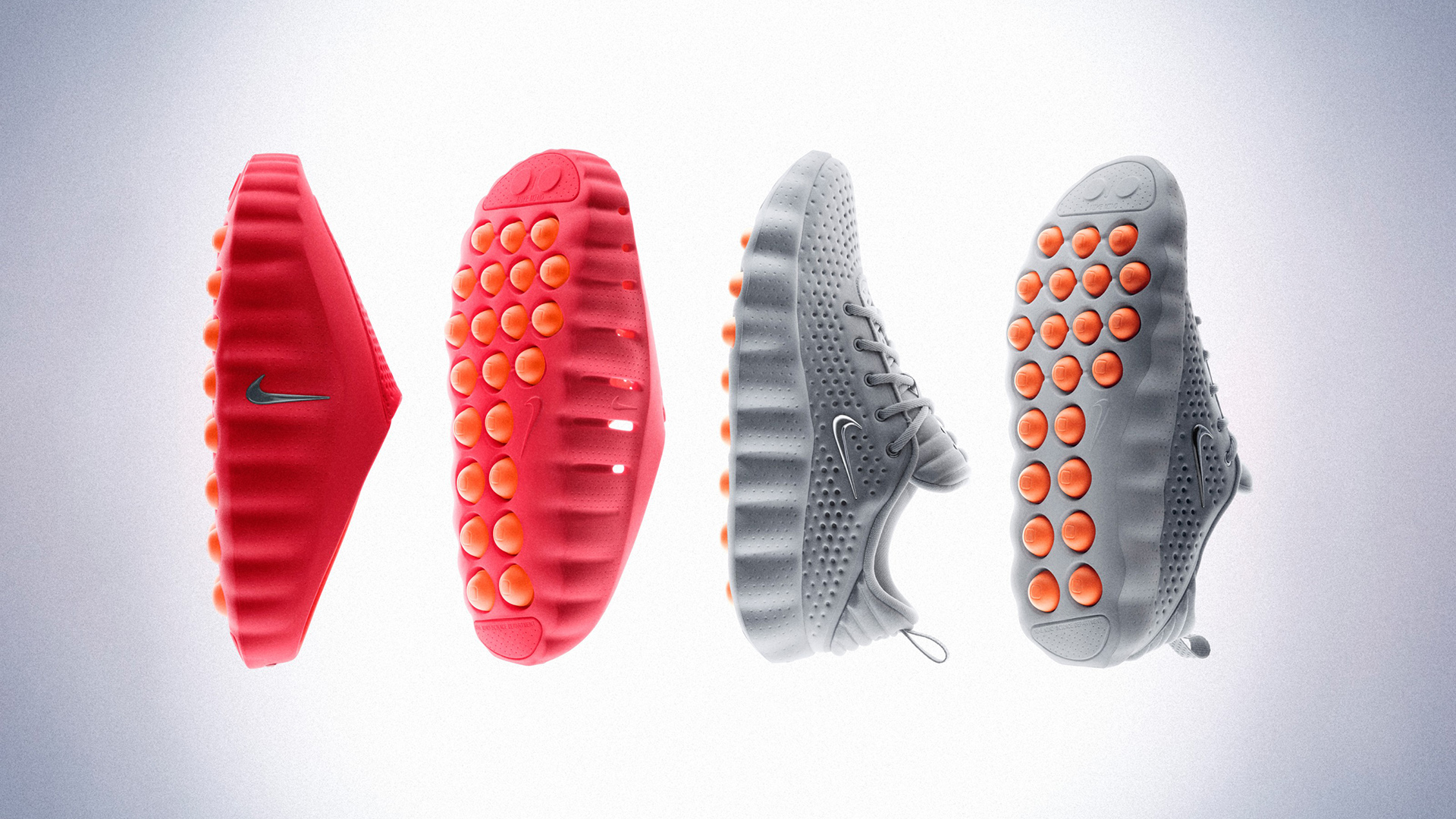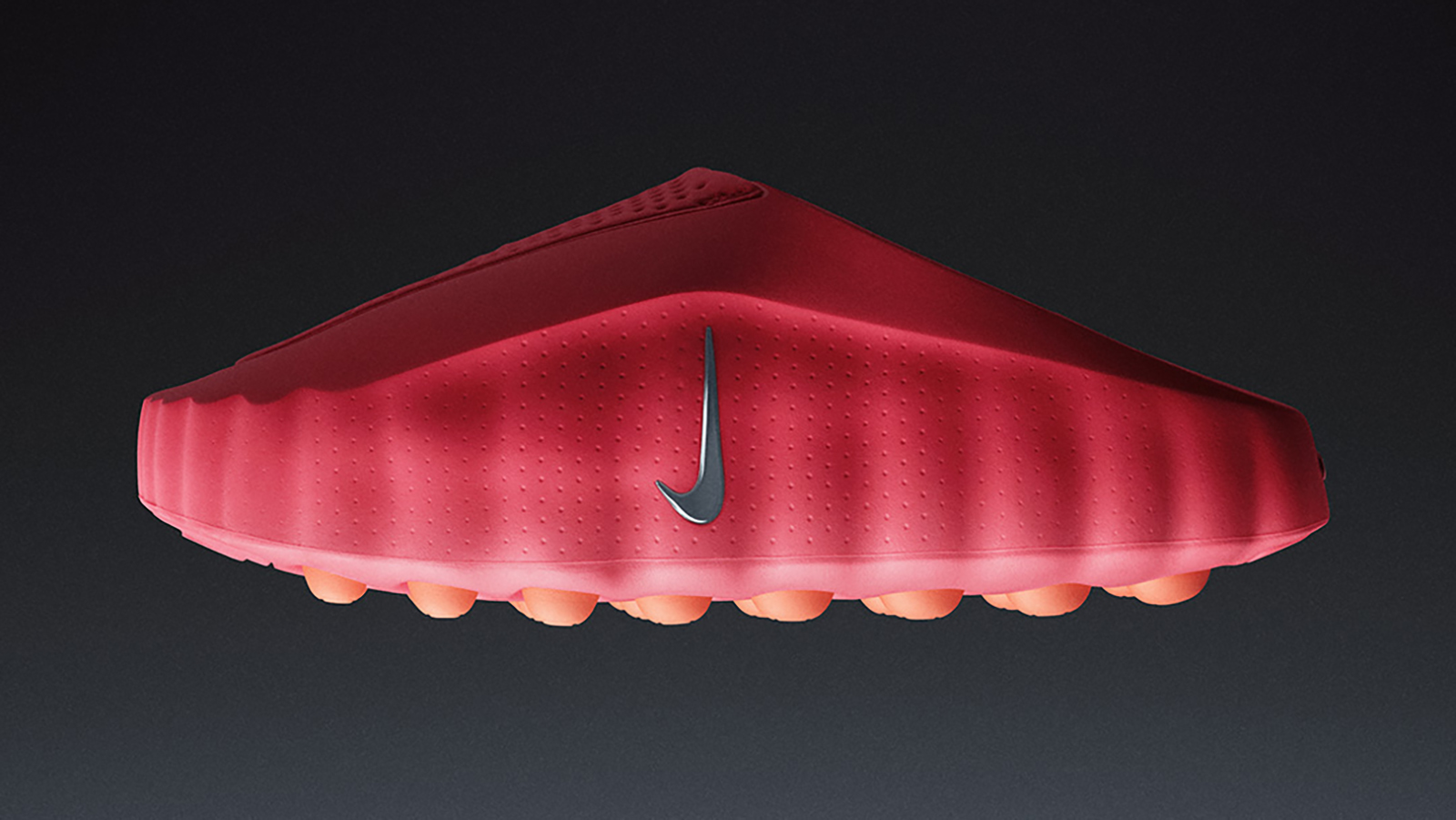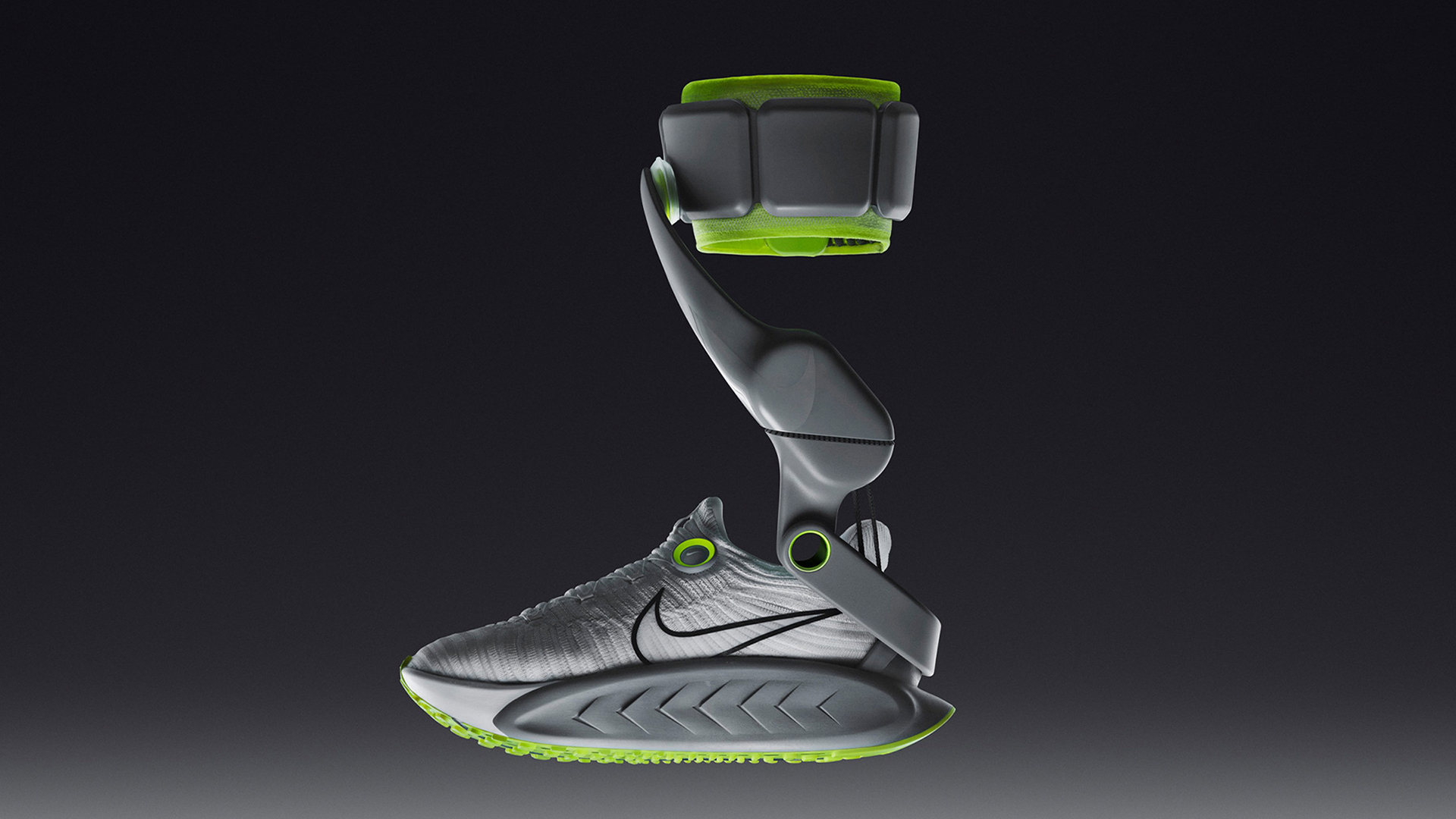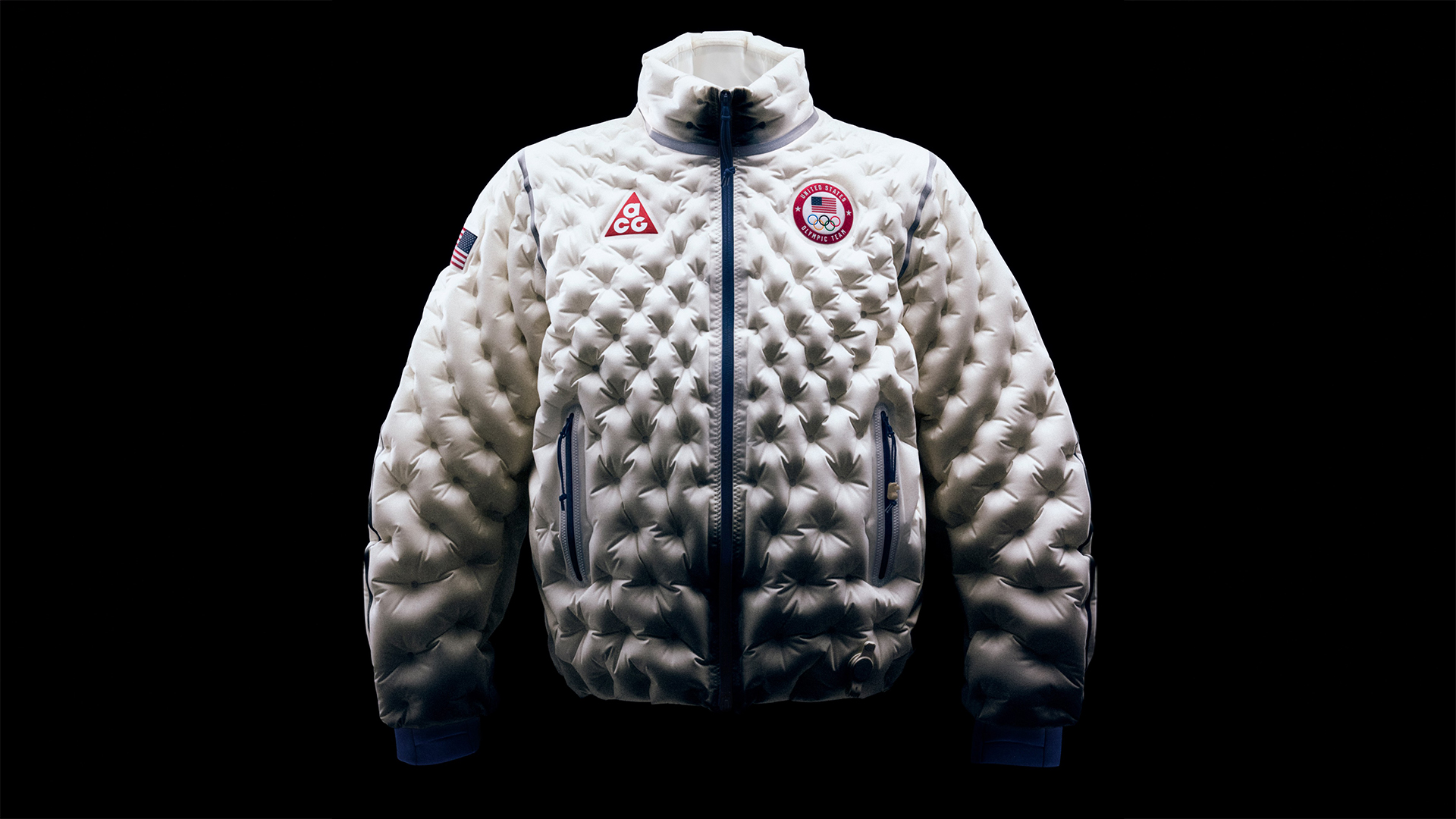Forget running shoes – Nike’s new Mind sneakers are built to change how you think
Nike’s pushing the innovation boat way out for 2026


After a few quieter years on the innovation front, Nike is back in experimental mode with a wave of new technologies that signal a return to form.
Two outstanding innovations coming our way next year are the Nike Mind shoes and Project Amplify, two wildly different concepts that both hint at the same goal: making performance feel more personal.
The Mind line, launching in January 2026, might be Nike’s most thought-provoking product in years.
The company describes it as its first neuroscience-based footwear platform, designed to stimulate sensory receptors in your feet and activate areas of the brain associated with focus, calm and body awareness.

Nike Mind 001
The first two models, Mind 001 and Mind 002, feature 22 independent foam nodes bonded to a flexible layer that move like tiny pistons underfoot.
They’re meant to help athletes tune into their bodies before competition or reset after it, blurring the line between performance gear and mindfulness tool.
Weird? Yes. Are we interested? Definitely.
Get all the latest news, reviews, deals and buying guides on gorgeous tech, home and active products from the T3 experts
It’s an unusual direction for Nike, which has spent the past decade focused on faster foams and more efficient carbon plates for its running shoes.
(Although, at this point, ZoomX is hardly a new innovation.)
Instead, the Mind shoes emphasise feel and feedback and how each step connects to your brain, not just your split times.
It’s the kind of tech that could appeal as much to recovery-day runners and casual movers as to elite athletes.
If the science holds up, it could mark a new chapter for footwear innovation, one grounded in sensory awareness rather than raw speed.
When sneakers start thinking back
While Mind takes aim at your mental state, Project Amplify goes straight for your stride.
Nike calls it the world’s first powered footwear system for running and walking, a motor-assisted shoe that uses a lightweight drive belt and a rechargeable cuff battery to give wearers a subtle boost.
Think of it as an electric bike – or, more like, an exoskeleton – for your feet, a way to make movement easier, smoother and, for many, more enjoyable.
The system can reportedly make hills feel flat and shave minutes off slower paces without feeling mechanical.

Still in testing, Project Amplify is being developed with robotics engineers and aims to help everyday athletes (not elites) go a little faster and a little farther with less effort.
The concept is undeniably bold, and the cultural debate will be just as interesting as the technology itself.
Are powered shoes still sport? Or are they something new entirely?
Whatever the answer, Nike clearly wants to be the brand asking the question first.
This flurry of innovation doesn’t stop at footwear. Nike also introduced Aero-FIT, a cooling performance fabric that channels more than double the airflow of its previous materials and is made entirely from textile waste.

There is also the Therma-FIT Air Milano Jacket, an adaptive outer layer that can inflate or deflate its baffles to regulate warmth on the go.
Together, they form part of a broader strategy to rebuild Nike’s reputation as a company that still leads the conversation around sports technology.
From dormancy to defiance
Competitors like On, Hoka and even adidas have dominated recent innovation headlines, while Nike’s advances have felt more iterative.
The brand’s leadership is now reorganising its design and research arms under a single “innovation engine,” promising to move faster and bring its lab concepts to market sooner.
The launch of the Nike ACG Ultrafly – part of the new All Conditions Racing Department – already hinted at this new direction, blending trail performance with race-day tech.

Nike ACG gear in use at the 2025 Western States Endurance Run
But the Mind and Amplify platforms show how far Nike is willing to push beyond conventional sport design.
Nike clearly wants to make products that adapt, assist and even think, or at least make you think differently about performance.
Mind reframes progress as presence, not pace. Amplify suggests a future where a gentle boost could get more people moving.
And Aero-FIT and Air Milano remind us that innovation can also mean comfort, sustainability and adaptability, not just records and medals.
If 2025 was the warm-up, 2026 could be the year Nike reminds the world why it still sits at the intersection of sport, science and style. The swoosh isn’t just back; it’s thinking.

Matt Kollat is a journalist and content creator who works for T3.com and its magazine counterpart as an Active Editor. His areas of expertise include wearables, drones, fitness equipment, nutrition and outdoor gear. He joined T3 in 2019. His byline appears in several publications, including Techradar and Fit&Well, and more. Matt also collaborated with other content creators (e.g. Garage Gym Reviews) and judged many awards, such as the European Specialist Sports Nutrition Alliance's ESSNawards. When he isn't working out, running or cycling, you'll find him roaming the countryside and trying out new podcasting and content creation equipment.
You must confirm your public display name before commenting
Please logout and then login again, you will then be prompted to enter your display name.